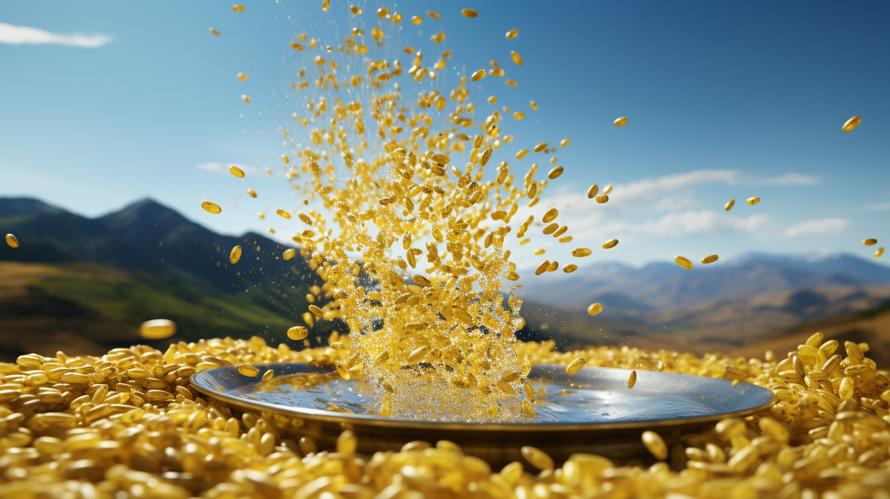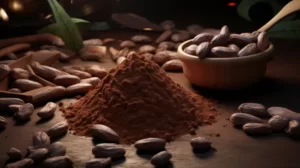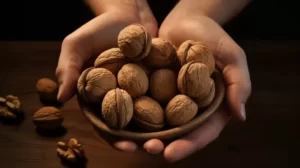Quinoa, known as the Inca superfood, should be included in emergency rations stashes due to its nutritional properties and easy preparation. This 5,000-year-old seed (not a grain) is grown organically in Bolivia and is a complete vegetable protein source, including all essential amino acids.
A 1-cup serving of uncooked quinoa contains 24 grams of protein, nearly 48% of the recommended daily value (DV). It does not require pairing with other foods to create a complete protein equivalent to meat, eggs or dairy. Quinoa is also low in fat, containing only 16%. However, its omega-6 fatty acid content is low and not within the proper ratio to omega-3 fatty acids. As a result, consuming foods rich in omega-3s like fish is recommended. Quinoa is extremely low in sugars and has 36% of the DV for carbohydrates (mostly as starch) and an impressive 48% DV for dietary fiber.
For vegetarians, quinoa is a powerhouse of vitamins and minerals, although it lacks vitamins C and D. It is also gluten-free and cooks in just 15 minutes. In some emergency situations, such as when gas or electricity for cooking is unavailable, simply soaking quinoa in water is enough to eat and benefit from its nutritious qualities.
In addition to being a survival food in a disaster, quinoa can be sprouted, making it a fresh vegetable to eat. When assembling a survival kit, be sure to pack a seed-growing jar and enough water for sustenance. Quinoa is easy to store and will last several years in hermetically sealed pouches.
Quinoa is versatile, as it can be prepared over a camping stove, an open-air fire pit or other sources of heat. Pairing quinoa with edible wild plants creates a survival stew that sustains and nourishes during a crisis. One crucial point to note when preparing quinoa for any purpose is that it needs to be rinsed thoroughly to remove the saponin coating on each seed; otherwise, the bitter taste of saponin may overpower the natural nutty flavor of quinoa.
To further enhance survival foods, consider combining quinoa with canned beans (such as chickpeas or kidney beans), walnuts, and freshly sprouted seeds from alfalfa, arugula, broccoli, clover, radish or other non-genetically modified (GM) heirloom sprouting seeds. Keep in mind that being prepared and having emergency food rations is better than not planning and finding yourself in need of essential foods. Having nutrient-packed foods like quinoa among emergency supplies ensures access to a valuable source of nutrition in times of crisis.



